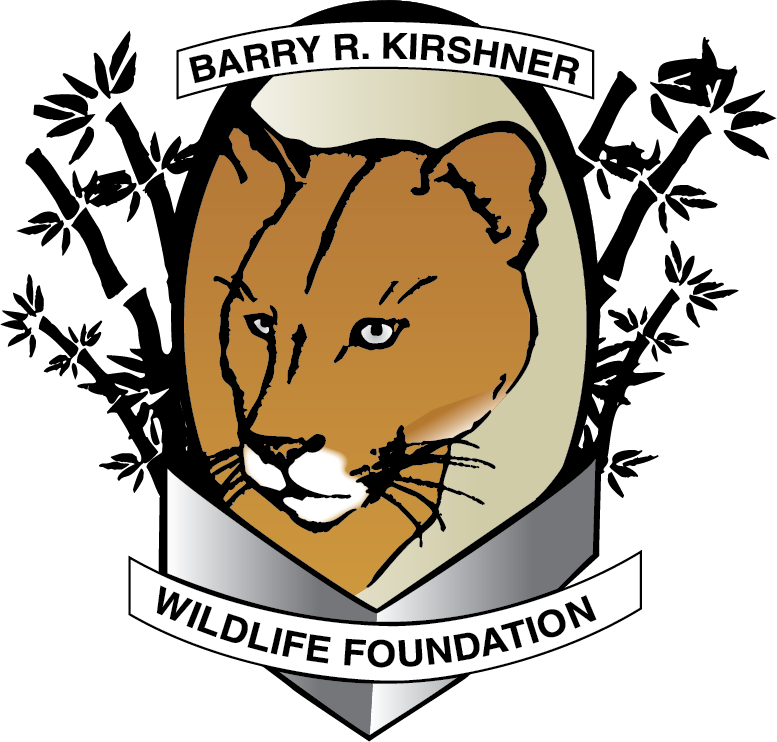Winston – Black Bear
Winston is a male American black bear (Ursus americanus) born in January 2010. As a young bear cub he ran into a pole while chasing a ball at another facility. His resulting head injury created motor skill problems. The other facility didn’t have the resources to help him, but we were able to bring him to the Foundation and provide him with an enrichment program to treat his injuries. We provided obstacles for him including ropes, logs, balls, and rocks that he would have to maneuver around to receive food and treats. His companion, Dori, also assisted in his recovery by helping him maneuver through the obstacles. His recovery was expected to take two years but he recovered in just 11 months. He is doing very well and he will remain at the Foundation with his companion Dori.
The black bear is North America’s smallest and most common species of bear. Black bears are omnivores, with their diets varying greatly depending on the season and location. The black bear is characterized by its broad head, narrow muzzle, and strong jaw. They have short, rounded claws and small, rounded ears. The black bear’s fur is soft a with dense underfur. Despite their name, black bears can show a great deal of color variation, including white, blond, cinnamon, dark chocolate brown, and jet black.
Black bears are incredibly intelligent and clever. They are capable of opening screw-top jars and manipulating door latches. They are also very strong and have been known to flip over flat-shaped rocks weighing up to 325 pounds with a single forelimb. Black bears are excellent climbers and are able to run at speeds up to 30 mph.
Black bears were once classified as not true hibernators; however, now they are considered highly efficient hibernators because it was discovered that they possess the ability to change their metabolism and remain dormant for months. Black bears typically hibernate in cold weather conditions and when food is scarce. Depending on the climate, black bears will enter their dens in October and November and typically hibernate for three to eight months, but they remain somewhat alert and active during this time.
The black bear has a widespread distribution and a large global population estimated to be twice that of all other bear species combined. They typically live in largely forested areas, but will leave in search of food. Although American black bears are quite capable of killing a human, they typically avoid confrontation with humans as much as possible. The majority of black bear attacks tend to be motivated by hunger. The best way to prevent conflict with a black bear is to avoid it all together and properly manage any food sources that may attract a bear.
american black bear Statistics:
Body Size
Weight (pre-den weight)
Gestation Period
Litter Size
Life Span
Status
4 - 6.5 feet long, 2.3 - 3.5 feet tall
males: 125 - 550 pounds females: 90 - 275 pounds
235 days
2 - 3 cubs
15 - 20 years in the wild, up to 44 years in captivity
least concern

